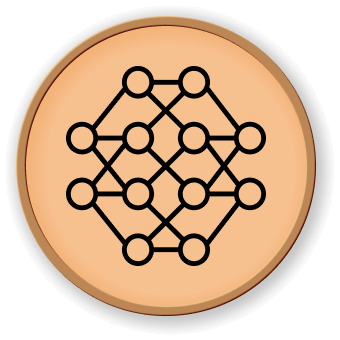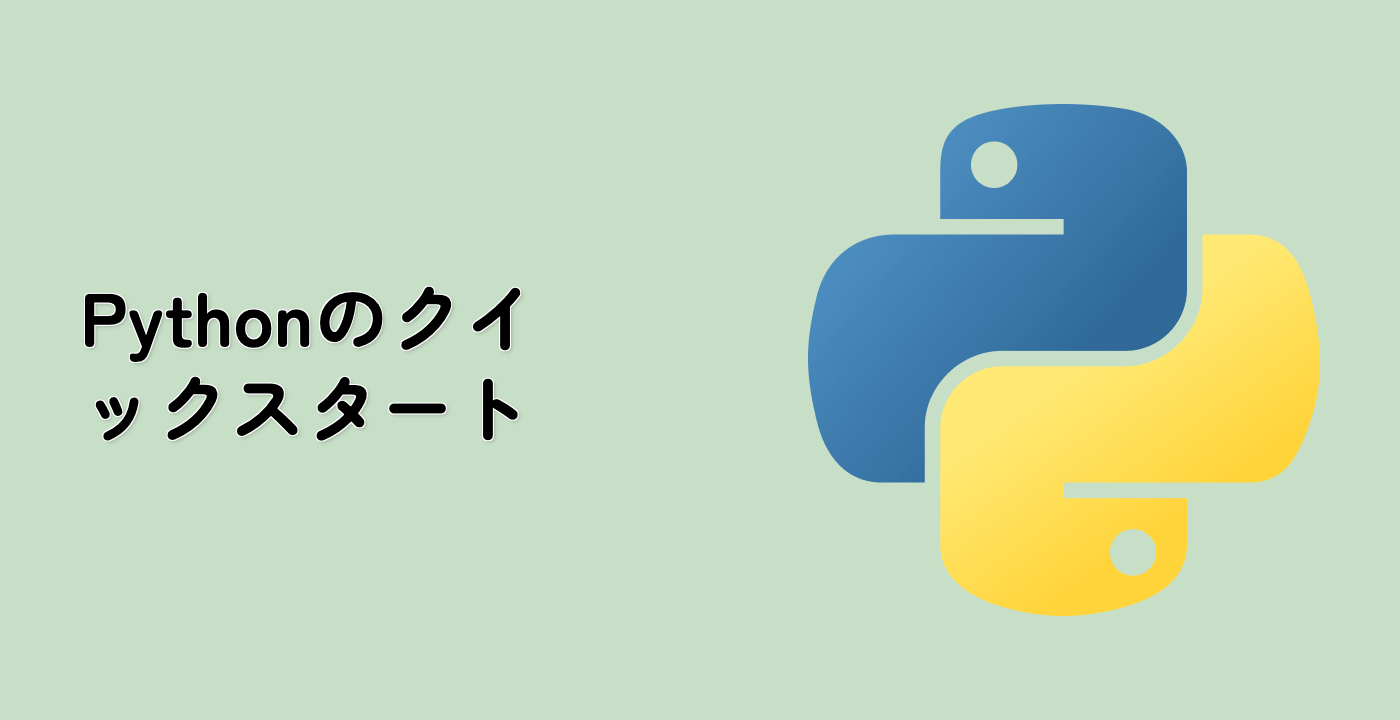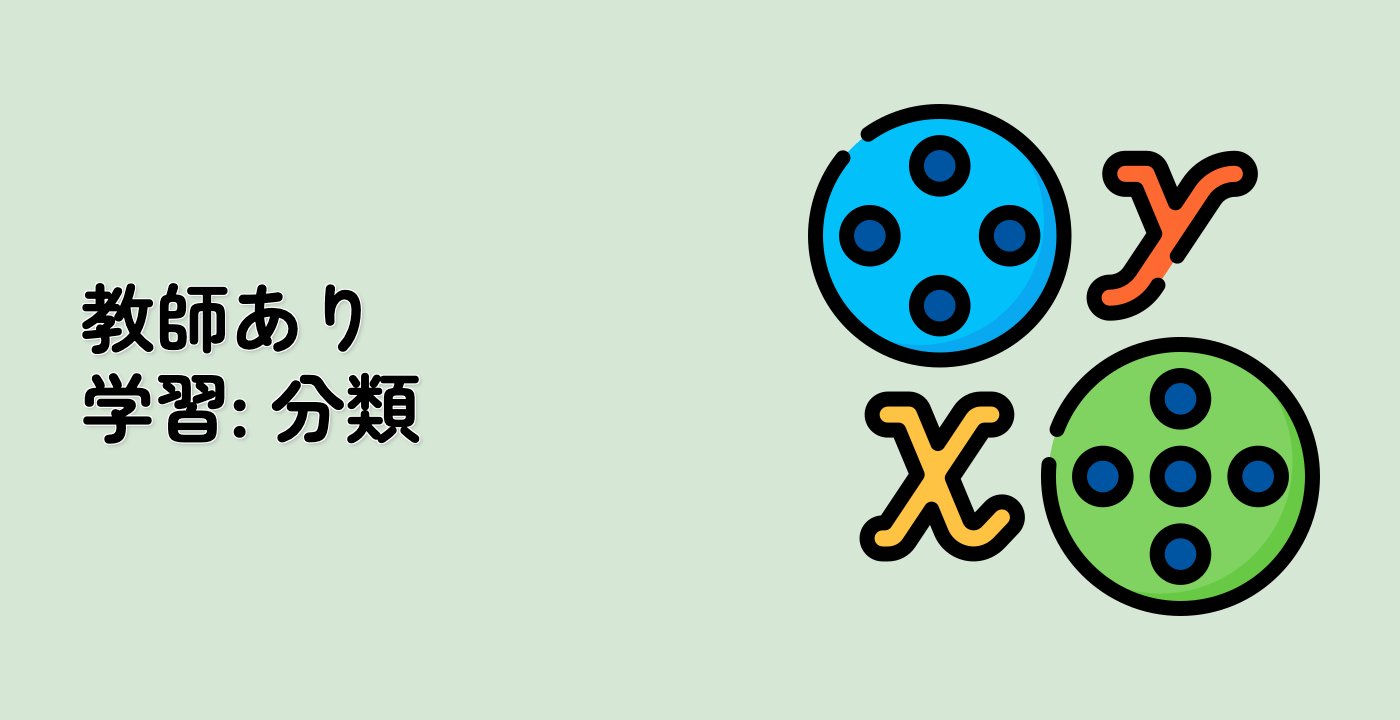結果をプロットする
## 精度の推移をプロットする
plt.figure()
for _, stats in sorted(cls_stats.items()):
## サンプル数に対する精度の推移をプロットする
accuracy, n_examples = zip(*stats["accuracy_history"])
plot_accuracy(n_examples, accuracy, "学習サンプル数 (#)")
ax = plt.gca()
ax.set_ylim((0.8, 1))
plt.legend(cls_names, loc="best")
plt.figure()
for _, stats in sorted(cls_stats.items()):
## 実行時間に対する精度の推移をプロットする
accuracy, runtime = zip(*stats["runtime_history"])
plot_accuracy(runtime, accuracy, "実行時間 (s)")
ax = plt.gca()
ax.set_ylim((0.8, 1))
plt.legend(cls_names, loc="best")
## フィッティング時間をプロットする
plt.figure()
fig = plt.gcf()
cls_runtime = [stats["total_fit_time"] for cls_name, stats in sorted(cls_stats.items())]
cls_runtime.append(total_vect_time)
cls_names.append("ベクトル化")
bar_colors = ["b", "g", "r", "c", "m", "y"]
ax = plt.subplot(111)
rectangles = plt.bar(range(len(cls_names)), cls_runtime, width=0.5, color=bar_colors)
ax.set_xticks(np.linspace(0, len(cls_names) - 1, len(cls_names)))
ax.set_xticklabels(cls_names, fontsize=10)
ymax = max(cls_runtime) * 1.2
ax.set_ylim((0, ymax))
ax.set_ylabel("実行時間 (s)")
ax.set_title("学習時間")
def autolabel(rectangles):
"""長方形に自動的にテキストを付ける"""
for rect in rectangles:
height = rect.get_height()
ax.text(
rect.get_x() + rect.get_width() / 2.0,
1.05 * height,
"%.4f" % height,
ha="center",
va="bottom",
)
plt.setp(plt.xticks()[1], rotation=30)
autolabel(rectangles)
plt.tight_layout()
plt.show()
## 予測時間をプロットする
plt.figure()
cls_runtime = []
cls_names = list(sorted(cls_stats.keys()))
for cls_name, stats in sorted(cls_stats.items()):
cls_runtime.append(stats["prediction_time"])
cls_runtime.append(parsing_time)
cls_names.append("読み取り/解析\n+特徴抽出")
cls_runtime.append(vectorizing_time)
cls_names.append("ハッシュ化\n+ベクトル化")
ax = plt.subplot(111)
rectangles = plt.bar(range(len(cls_names)), cls_runtime, width=0.5, color=bar_colors)
ax.set_xticks(np.linspace(0, len(cls_names) - 1, len(cls_names)))
ax.set_xticklabels(cls_names, fontsize=8)
plt.setp(plt.xticks()[1], rotation=30)
ymax = max(cls_runtime) * 1.2
ax.set_ylim((0, ymax))
ax.set_ylabel("実行時間 (s)")
ax.set_title("予測時間 (%d インスタンス)" % n_test_documents)
autolabel(rectangles)
plt.tight_layout()
plt.show()




